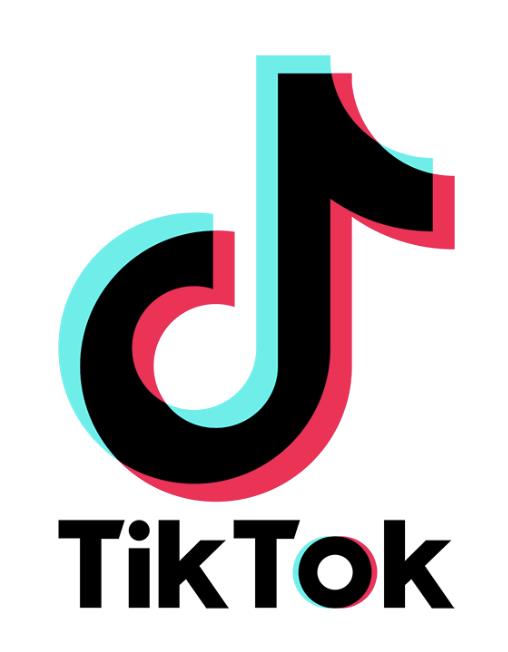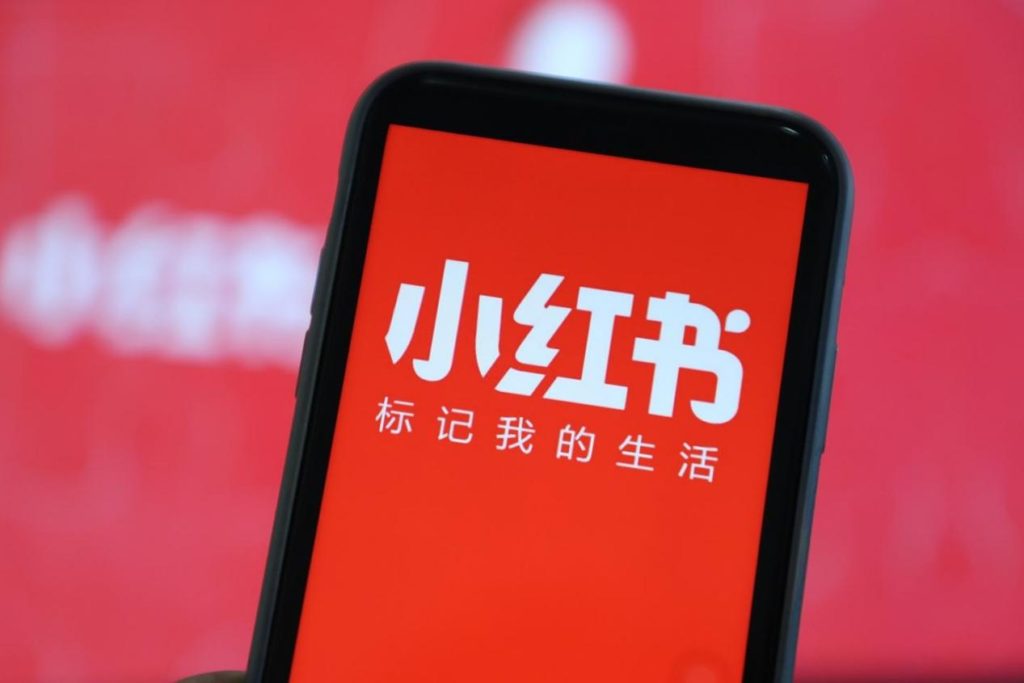The key thing every company must know in order to do business in China is that Western social media platforms like Facebook, YouTube, Twitter and so on are banned in China. With businesses across the globe using Facebook/Instagram to reach new customers, entering a new market without them might seem impossible. However, there’s a range of other platforms available that businesses can use for social media marketing in China. Here listed top 5 popular social media platforms in China.
1. WeChat

WeChat is an all-in-one messaging app developed by Tencent, which also provides games, online shopping, and financial services. Users can get almost everything they need from their within the app, leading to its classification as a “Super-App” Due to these reasons, it’s risen to become the most popular social media in China.
WeChat offers far more than any of the Western messaging apps. In terms of comparison, it can be likened to a combination of the Chinese Facebook, Whatsapp, Google News, Tinder, and Pinterest combined. It also contains ten million third-party apps called WeChat mini-programs. WeChat remains an old leader of all Social networks in China. Still on top of the tops, still actual, still important for communication with customers and creating image of your brand. By now WeChat is the fifth most-used app in the world.
2. Weibo

Sina Weibo, or Weibo, is a micro-blogging platform in China released in 2009. Weibo is one of the most popular sites in China and is often considered to be a combination of Chinese Facebook & Twitter. However, given the character limits its most often labeled as the Chinese Twitter. Weibo is the second most popular social media in China with its user base nearing 500 million users. Like WeChat, Weibo is another platform brands commonly use for social media marketing in China.
With Weibo, users can upload videos, images, and gifs. Also, they can follow an individual and read their posts, then like and share them, without being followed back. Like Twitter, Weibo is often the platform most often used for discussing breaking news & cultural events in China.
3. Tiktok(Douyin)

TikTok, known in China as Douyin is a video-focused social networking service owned by Chinese company ByteDance. It hosts a variety of short-form user videos, from genres like pranks, stunts, tricks, jokes, dance, and entertainment with durations from 15 seconds to three minutes
Well, if your target is the young population of big cities – that’s the platform you should pay a lot of attention. With the average age of a TikTok user being 13- to 24-years-old, mostly girls, TikTok is a gold mine when it comes to getting your brand in front of Gen Zers.
4. Xiaohongshu

Xiao Hong Shu is an e-commerce platform that also has many features commonly seen on social media networks. Users can post reviews, join in on discussions, and post their own content. Content on the platform tends to focus on product photos and shopping experiences, including shopping tips, deals, and experiences from their trips abroad. Xiao Hong Shu was built to be a platform primarily focused on User Generated Content, where users could share reviews and their experiences to help others with their purchasing decisions.
KOLs on this platform can directly influence sales through the content that they generate, making this a very attractive platform for foreign luxury brands, with most of the larger ones already taking advantage of this advertising method.
5. Zhihu

Zhihu (知乎), a question-and-answer website, is the Chinese largest knowledge platform with social function. Its Q&A characteristic makes it a perfect place for native ads. It also allows users to leave reviews on different products and services.
It has more than 100 million registered accounts and 26 million active users daily. Introduced in 2011, Zhihu stands out from other platforms because of the characteristics of its subscribers. More than three-quarters have undergraduate or higher degrees and almost one-third have monthly incomes of more than 16,000 RMB. Most significantly, half of Zhihu’s users are under the age of thirty. So we can say that Zhihu is high income, high consumption power, and academic qualifications.
Chinese social media landscape changes every day and you need to be always aware of what’s going on. Which platforms are on their rise, and which trends come along. Any of them can help your brand grow in the Chinese market this year.
There is no need to say that all of them have an increasingly competitive interface. It’s important for any businesses to be strategic in using these platforms to advertise their products. If you’re interested in getting started with Chinese Social Media and have any questions, feel free to ask us, Deep Digital China is here to help you.
